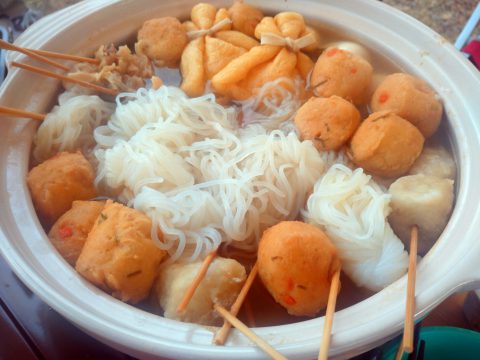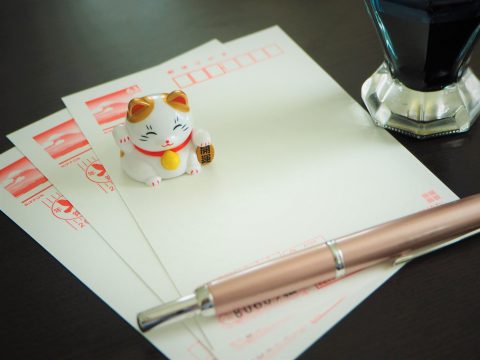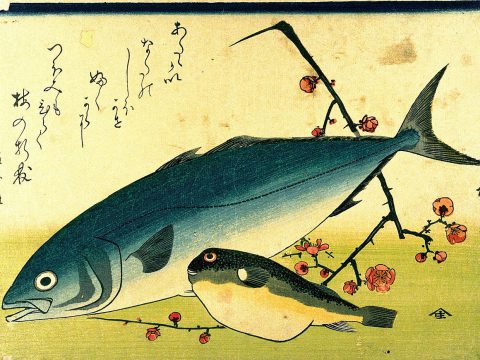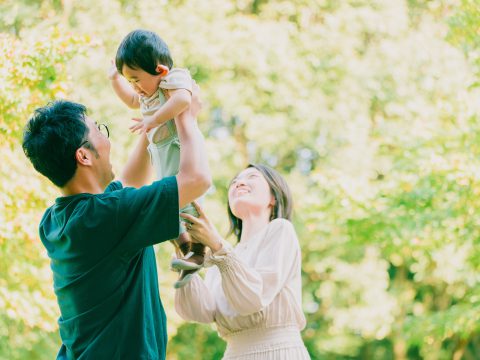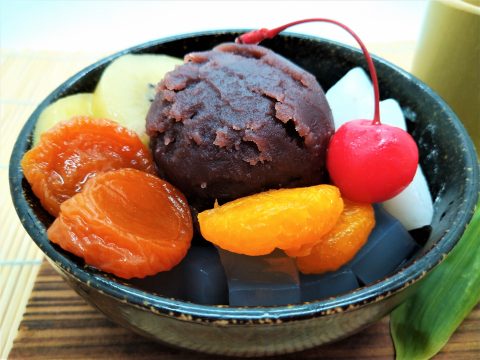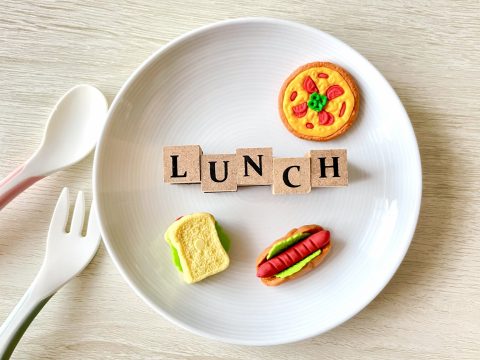Business Bowing Etiquette in Japan
WORK’IN JAPAN
14.10.2022
As you may know, the Japanese greet each other by bowing, not by handshakes, hugs, or kisses like in other countries. This is even more so in a business environment, where professional etiquette is critical. While most Japanese people do not expect foreigners to know the proper bowing etiquette, you’ll win some points if you do!
Here’s a quick guide to the world of ojigi (お辞儀) to help you avoid faux pas.

When to bow
There are various situations when one needs to bow beyond just for greeting. A bow can convey many emotions, such as appreciation, respect, or remorse.
Some examples of when one should bow are:
- To say hello/goodbye
- To acknowledge someone
- To give thanks
- To offer an apology
- To congratulate
- To ask for a favor or goodwill
- At the start or end of a meeting, class, or ceremony
- At a place of worship or showing respect
Posture
Most bows are done when standing in business environments, called ritsurei (立礼). There is also bowing while sitting on your knees, called seiza (正座). This seated position is formal compared to the standing bow, but you most likely will not encounter this.
As a rule of thumb, you should always bow slowly and stop your feet to bow. A quick or moving bow can be deemed rude or insincere.
In addition, you should always keep a straight posture. Avoid curving your back and bend from your hips instead of your neck. Imagine a straight wire going through your head to your back.
For men, you can put your hands by your side; for women, you can put your hands together in front of you. Lower your eyes slightly to bow; maintaining eye contact is seen as a threat.
Do not bow with your palms together at chest level. This is done at places of worship, such as temples and shrines, but not to other people.

Types of bows
Depending on the given situation, there are different degrees of bowing, which may be challenging to decipher at first. Just remember that the deeper the bow and the longer it is held, the more respect and submission are shown.
Casual and informal bowing AKA Eshaku (会釈):
For acquaintances of equal business or social ranks, such as coworkers, friends, or neighbors. The bow is about 15 degrees.
Serious bowing AKA Keirei (敬礼):
For your superiors or higher-ranked people, such as your boss, people of higher authority, in-laws, or your older relatives. The bow is about 30-45 degrees.
Formal bowing AKA Saikeirei (最敬礼):
Reserved when showing the utmost respect to the other person. It is for situations like greeting important people, such as clients, when apologizing or asking for big favors. In addition, you should keep your head down for a few more seconds than the above two. The bow is about 45-70 degrees.
When in doubt…
Are you confused about where to start? Here are some tips.
- Bow when someone bows to you. This excludes people who greet you in shops and restaurants.
- When in doubt, bow to 30 degrees. It’s an all-purpose degree that’s respectful but not too formal.

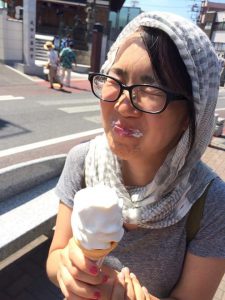
Kayoko Hirata Paku
Kayoko Hirata Paku is a food writer, translator, and bagel person. Growing up in Japan and the U.S., she currently resides in Tokyo with her peanut butter addicted husband, a very hungry baby, and many half-dead plants.
Read previous articles by the writer
Read latest articles
KEYWORDS
- # PICKPICK
- # Resume
- # alcohol
- # Rice
- # Soup
- # winter food
- # Fast Food
- # seafood
- # spicy foods
- # raw food
- # fermented food
- # Transportation
- # MEAT
- # Edo culture
- # suits
- # clothing
- # drink
- # fish
- # seasoning
- # Japanese New Years Foods
- # Toshikoshi soba
- # Osechi Ryori
- # Ozoni
- # Christmas
- # Japanese fusion pasta
- # Wafu Pasta
- # Japanese Hot Pot
- # なべ
- # 鍋
- # Miyazaki
- # Chicken Nanban
- # Karamen
- # Autumn Wagashi
- # Mushi-yokan
- # Imo-yokan
- # Japanese Autumn Fruits
- # Autumn
- # Vending Machine
- # fall
- # dango
- # Chestnut rice
- # saury
- # Mushroom
- # Rice vinegar
- # Japanese condiments
- # 調味料
- # Sake
- # Mirin
- # Soy sauce
- # Japanese Noodles
- # Udon
- # Ramen
- # Yakisoba
- # Soba
- # Japanese Seaweed
- # 海藻
- # かいそう
- # Payslip
- # Training
- # Japanese summer foods
- # 和菓子
- # Wagashi
- # ryokucha
- # 夏
- # 飲み物
- # Ramune
- # ラムネ
- # Pokari Sweat
- # ポカリスエット
- # Calpis
- # カルピス
- # Mugicha
- # ume
- # 梅
- # うめ
- # umeshu
- # job hunting
- # tofu
- # Recruitment in Japan
- # miso
- # Japanese cuisine
- # Yellowtail and bonito
- # Children’s Day
- # Kashiwa Mochi
- # Chimaki
- # fruits
- # Kusamochi
- # Types of Agriculture in Japan
- # bread
- # パン
- # パン屋さん
- # japanese bread
- # shokupan
- # meal blead
- # anko bread
- # 桜
- # さくら
- # cherry blossom
- # visa
- # hanami
- # omotenashi
- # sakura
- # おもてなし
- # Japanese hospitality
- # oshibori
- # wet hand towel
- # hand towel
- # restaurant
- # Commuting in Japan
- # Women-only cars
- # Exit gate
- # japanese train
- # train
- # valentine
- # Japanese sweets
- # 朝食
- # Japanese Breakfast
- # Breakfast
- # Japanese
- # 日本
- # healthy
- # persimmons
- # hoshigaki
- # HR
- # work in Japan
- # jinji ido
- # corporate systems
- # Japanese work culture
- # bento
- # ekiben
- # shinkansen
- # omiyage
- # train station
- # Japanese culture
- # work culture
- # mentaiko
- # umeboshi
- # Japanese snacks
- # potato chips
- # Japanese potato chips
- # Japanese writing
- # seaweed
- # konbu
- # ocean foods
- # shio konbu
- # dashi
- # miso soup
- # food processing
- # pear
- # nashi
- # sweet potato
- # japanese sweet potato
- # stingray
- # satsuma imo
- # food value chain
- # homecooking
- # agriculture
- # Japanese homecooking
- # farming
- # nikujaga
- # shojin ryori
- # meat and potatoes
- # traditional foods
- # comfort food
- # buddhist food
- # manufacturing
- # factory
- # eihire
- # vegetarian
- # food and beverage
- # izakaya
- # yatai
- # japanese festival
- # taiyaki
- # matsuri
- # summer
- # Ikayaki
- # smart agriculture
- # shaved ice
- # kakigori
- # かき氷
- # summer dessert
- # Japan
- # Japanese foods
- # dessert
- # fruit
- # matcha
- # icecream
- # Pikcup
- # Pikc up
- # Pcikup
- # skilled labor visa
- # working visa japan
- # Dineer Table in Japan
- # Japanese manner
- # Japanese food
- # Japanese Table Manner
- # Chopsticks
- # Japanese traffic signs
- # traffic information
- # road rules in Japan
- # chocolate
- # green tea
- # Osaka
- # Work Japan
- # Japanese company
- # ikura
- # sushi
- # nigiri
- # wasabi
- # PCIK
- # PICK UP
- # PICK
- # PICKUP


